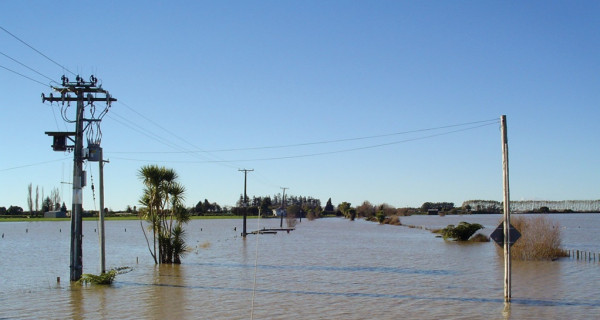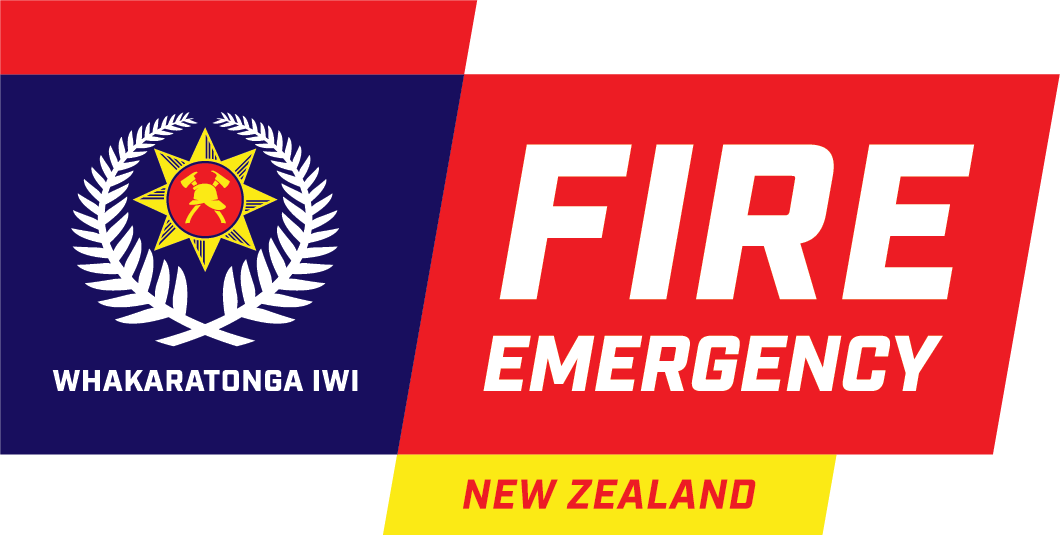Responding safely to flooding

Reports published by the National Institute of Water and Atmospheric Research (NIWA) last year show that across New Zealand almost 700,000 people and 411,516 buildings worth $135 billion are presently exposed to river flooding in the event of extreme weather events. With climate change, more extreme rainfall events are expected to occur.
In our role as responders to weather events, therefore, National Manager Response Capability, Paul Turner, says it is essential that our firefighters – particularly our rural and volunteer brigades – are skilled in working safely in and around water.
“Flooding is New Zealand’s number one hazard for frequency, losses, and declared civil emergencies. Floods cause injury and loss of life, damage to building and infrastructure. We are highly skilled at responding to fire events, but we need to extend this to water events, particularly when we know they will become more frequent.
“We want to prepare and train all our firefighters to work safely in and around water and will be incorporating this into recruit training at NTC so it is recognised as a core skill set.”
A two-pronged approach is being applied to training for working safely in and around water. Working Safely Around Water: Phase One focuses on the delivery of facilitated and online training and the use of water kits. This is an online module that is on Learning Station. Working Safely in and Around Water: Phase Two will, when implemented, focus on delivery of practical training and equipment. This phase of the training is currently on hold pending successful completion of Phase One.
Paul says the goal is for 80% of all response personnel, career, rural, and volunteers to have completed the Phase One base line training by the end of June 2021.
“We know some brigades have completed the training which is great but we are not sure we have the exact numbers captured in our system. So, if you have completed the training, please make sure that you complete the training records so we can accurately gauge when we are coming close to reaching our 80% target. Then we can start turning our attention to Working Safely in and Around Water – Phase Two. This phase will be developed to ensure that skill set and competency gained during Phase One is embedded through practice and exercising.”
“We are asking all brigades – rural and volunteers in particular – to please complete the online module and then record the details in SMS. Go to Learning Station and search for ‘Working Safely Around Water’.”
